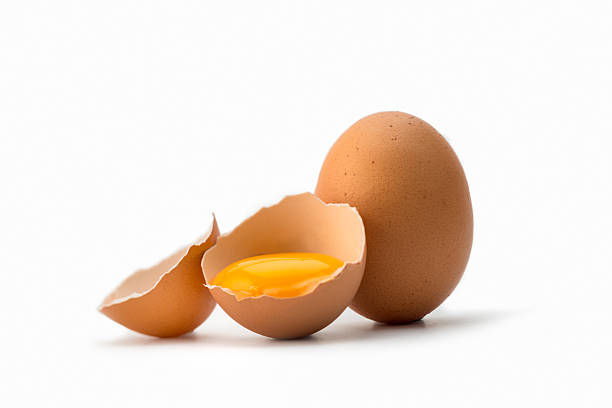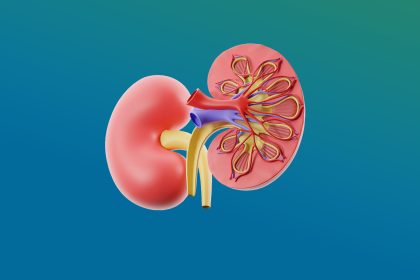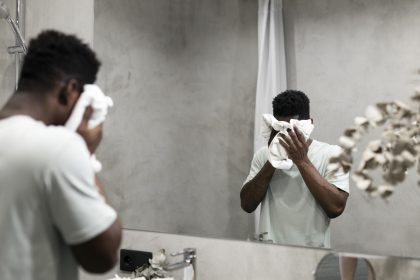Testicular torsion is when the testicle throws a tantrum, spins on itself like a rogue dancer, and cuts off blood supply. Vigorous sex can trigger it. The pain is sudden, savage. You’ve got six hours—for emergency surgery or else you lose it…mostly the left testicle!
He cupped his crotch with his two hands. His face looked drawn, beads of perspiration on his forehead. His lower eyelids were swollen, eyes red, and the little dimples on his cheeks looked fuller. Clearly in agony. At the same time, he appeared to be concealing a distinct prominence in the area.
Jayden, 16, blurted out that his crotch had been hurting for “Ten hours tops. Last night I did not sleep a wink. I popped painkillers of different strengths and used ice packs. The pain never stopped; it got worse. I have even noticed reddening of the scrotum and had several episodes of throwing up. Additionally, I can neither sit upright nor walk with ease.”
Jayden was grappling with testicular torsion – a condition where the testicle twists within the scrotum, cutting off its blood supply and needs immediate surgical exploration.
An hour into surgery, the surgeon came out of the theatre, disappointed. He declared that Jayden’s left testicle had already been deprived of its blood supply and was non-viable. This favoured testicular removal (orchidectomy) over detorsion.
Testicular torsion results in sudden scrotal pain that requires surgery
Testicular torsion happens when a testicle twists around inside the scrotum, cutting off blood flow to it. It is associated with sudden, severe scrotal pain, and surgical treatment is the only treatment option.
To retain the viability of the affected testicle. An orchiopexy (surgical procedure that involves untwisting the testicle and securing it in place within the scrotum) ought to be performed within six hours.
However, beyond that critical window, the chances of saving it drops drastically. Removal is the only option, as seen in Jayden’s case, leaving you with just one testicle, which also runs a high risk of torsion.
Testicular torsion can happen to either testicle. Of the two, the left testicle is more prone to torsion. Reason being, some boys are born without the tissue that normally keeps the left testicle in place. Without that support, the testicle can move around freely and twist. Consequently, the left testicle has a longer cord and hangs at a different angle, making it more susceptible to twisting.
Rarely do both testicles ‘tort’ at a go. But having it in one increases the risk in another.
Testicular torsion happens at any age, but is common in boys aged 12 to 18 and newborns
There exists no clear statistics on testicular torsion incidence in Kenya. However, testicular torsion is a common urological emergency.
Notably, testicular torsion can happen at any age. It is predominant in boys aged 12 to 18 and in newborns. The increased risk during puberty is strongly associated with rapid growth of the testicles.
During which, the chances of twisting are high. Newborns testicular torsion in male is as a result of bell clapper deformity: a congenital defect that involves inadequate attachment of a testicle in the scrotum, incomplete attachment of the testicles, and prenatal factors such as twin pregnancy, breech presentation (baby positioned inside the womb with its buttocks or feet facing downward towards the birth canal, instead of head being down during birth), and difficulty labour at birth.
In adulthood, it is rare but can occur in relation to testicular tumours.
Risk factors for testicular torsion: From age to scrotal injury
Age: Most common in adolescents (12-18 years), as in Jayden’s case at age 16. It can also occur in newborns.
Family history: Hereditary risk increases the likelihood.
Previous torsion: Having experienced torsion in one testicle increases the risk for the other testicle.
Undescended testicle: Incomplete descent into the scrotum raises the risk.
Scrotal injury: Falls or physical trauma can trigger torsion.
Exercise: Physical activity may cause testicular twisting.
Cold temperatures: Increase torsion risk in susceptible individuals.
And yes, while sexual activity is pleasurable, vigorous sexual activity does predispose one to testicular torsion.
In older boys, testicular torsion symptoms are obvious: sudden testicular pain that strikes suddenly without warning. Common tale- tell signs and symptoms include sudden severe scrotal pain, scrotal swelling and redness, nausea or vomiting, lower abdominal pain, and hotness of body, as seen in Jayden’s case.
In newborns, the signs and symptoms are subtle, and they run a risk of being overlooked. Therefore, vigilance is of the essence. Any one-sided scrotal swelling, redness, or firmness in the scrotum should be a cause of alarm. Of note, newborns won’t cry specifically due to this condition; parents and caregivers should be on the lookout during diaper changes.
Beyond 24 hours, testicular death sets in, necessitating surgical removal
The quicker a twisted testicle is untwisted, the better the chance of saving it.
If treated within six hours, there is about a 100 per cent chance of saving it. This drastically drops to less than 50 per cent if the delay in seeking help is more than 12 to 24 hours. Beyond that, testicular death can set in, necessitating orchiectomy (surgical removal of the testicle).
There are several complications of testicular torsion. Delayed treatment of testicular torsion can lead to permanent testicular loss, resulting in cosmetic deformity, possible infection after surgery, and, in severe cases, complete infertility if both testicles are affected.
The loss of testicular tissue impairs both exocrine function (sperm production) and endocrine function (testosterone production), potentially affecting a man’s reproductive capabilities. Post-surgical complications may include infection and visible changes to scrotal appearance due to scarring or the absence of testicular tissue.
Therefore, any sudden severe pain in a boy’s scrotum should be taken seriously and treated as an emergency.
Losing a testicle can cause significant psychological distress, especially for Gen-Zs
In Kenya, the Social Health Authority (SHA) insurance covers testicular torsion surgeries at public hospitals with no extra costs. Without insurance, private hospital fees are high: about Ksh56,000 for orchidopexy (fixing the testicle) or up to Ksh135,500 for orchidectomy (testicle removal), plus additional costs for tests and other miscellaneous expenses.
Sudden, extreme ball pain isn’t just physically traumatic—it messes with your head too. One twisted testicle can trigger anxiety, and if it happens once, the other one’s at risk. Multiple episodes of testicular torsionmean your fertility and manhood are on the line—each twist kills more tissue for good.
Losing a testicle can cause significant psychological distress, especially for adolescents struggling with self-esteem. Parents may also experience guilt if they delayed seeking treatment. Open communication about testicular pain and parental vigilance during diaper changes can help ensure early intervention, preserving both physical and mental health. Importantly, a single healthy testicle can maintain normal hormone levels and fertility, allowing for a normal life.
Dr Rachel Kerubo is the Resident Medical Officer – Department of Internal Medicine, Nyamira County Referral Hospital.























